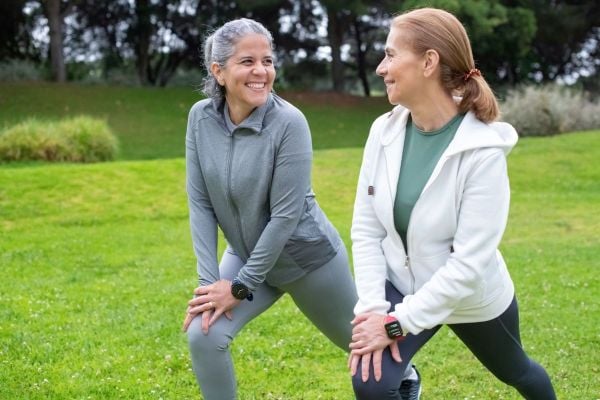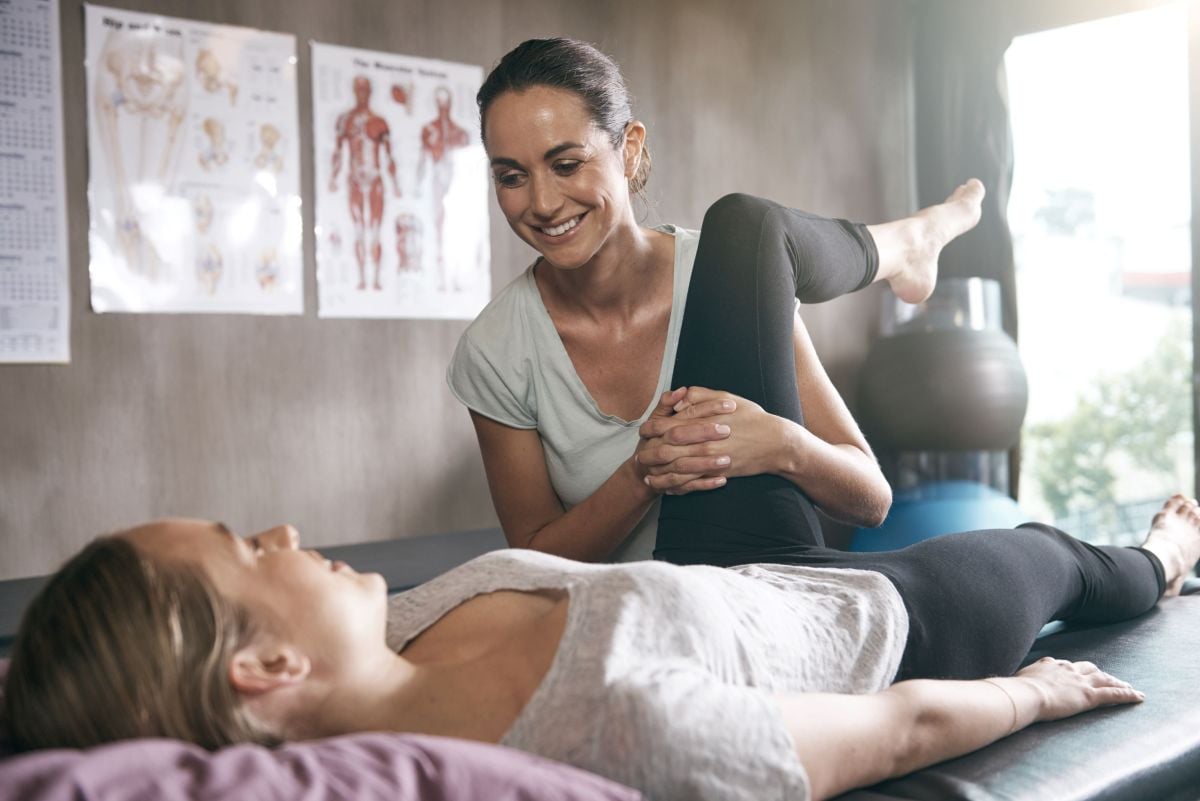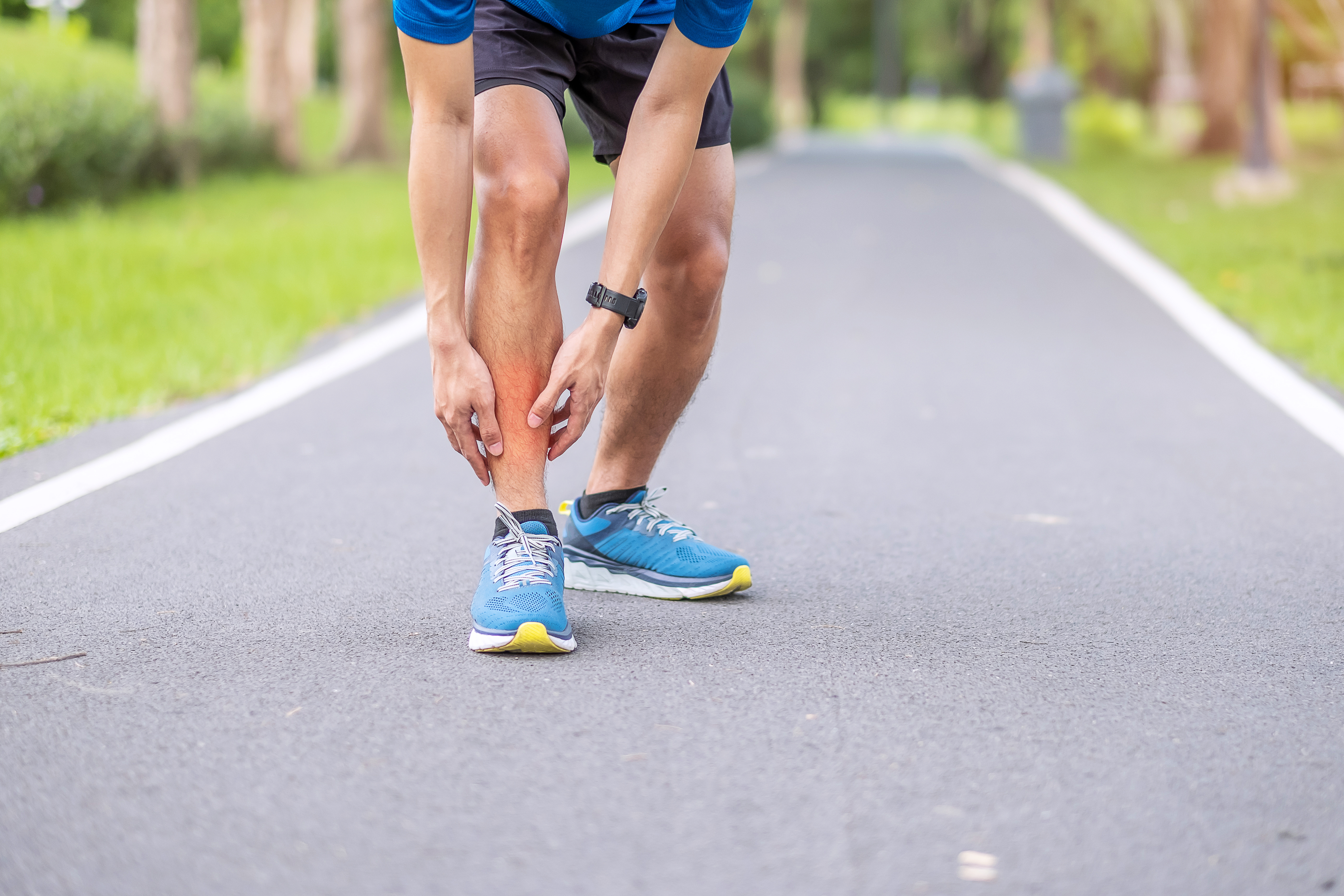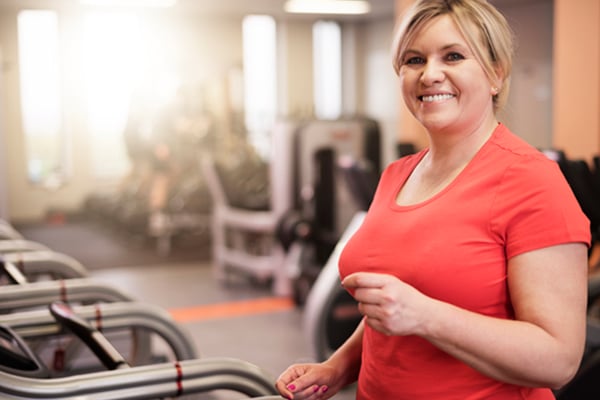
When is the best time to stretch?
Should you stretch before or after sports or exercise? As physiotherapists, we hear this question all the time. The answer: it depends, we need to consider the type of stretching, the goal to be achieved with stretching and the type of activity and/or performance.
Let’s first review the two main types of stretching techniques and the benefits of each:
-
Static stretching is a technique in which you hold a low intensity stretch position for 30 to 60 seconds for 1 to 4 repetitions
-
Dynamic stretching involves moving a part of your body through a range of motion. There is no holding of a position.
What is the goal of stretching?
The overall goal of any stretching is to increase mobility of a joint or body part in order to improve performance and reduce the risk of injury. Current research tells us stretching is helpful but that different types of activities may require different types of stretching before or after activity for optimal performance and/or injury prevention
The low down on static stretching

Static stretching can help to lengthen muscles and increase joint mobility and range of motion. For athletes where flexibility is key , such as hockey goalies, gymnasts and wrestlers, they may benefit from static stretching prior to performance to assist them in achieving the maximal range of motion required in their activity or sport however there is also evidence that static stretching prior to performance may negatively impact performance, particularly reducing power and explosiveness and increase overall risk of injury.
What about dynamic stretching?

Lengthening muscles through end range movements without holding a stretch contributes to increased mobility and joint range of motion while also getting your blood flowing. Dynamic stretching prior to activity has been found to be superior to static stretching when it comes to maximizing power. Athletes involved in sports that focus on running and jumping or other explosive type movements benefit the most from this type of stretching prior to activity as their muscles will maintain the required tension to generate optimal force while also reducing risk of injury.
So, should you stretch before or after activity?
Based on current research, dynamic stretching is resoundingly recommended before most activities. To maximize your performance and reduce injury, dynamic stretching should be performed with a cardiovascular warm-up activity and sport-specific dynamic exercises. Static stretching and low-impact aerobic activity are most beneficial after activity as a cooldown as the benefits of static stretching such as lengthening muscles and reducing tension outweigh the negatives on performance and increased risk of injury.
Overall, to best guide your stretching routine take into consideration the demands of the sport or activity you are doing and the performance needs. Unsure where to start or experienced injury in the past? A Lifemark clinician can help provide you with specific exercises and/or stretches to help you reach your goals. Check out our Locations page to find a Lifemark clinic near you or book online to schedule an appointment.






